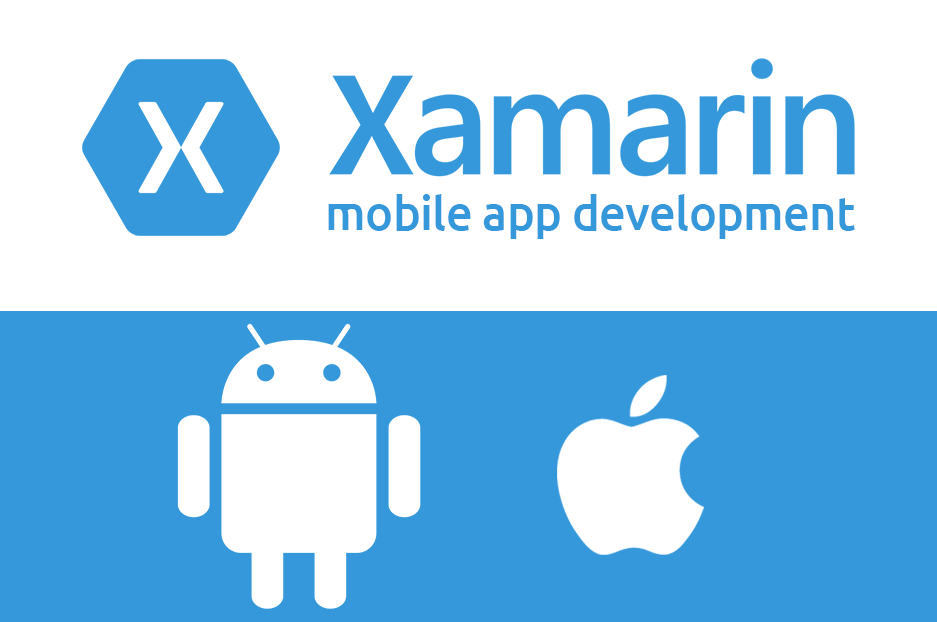
Free eBooks for Beginners
Push notifications are a great way to keep users engaged with your app, even when they’re not actively using it. Xamarin is a popular tool for building mobile apps that can be used on multiple platforms, such as iOS and Android. And it allows you to implement push notifications in your app.
A push notification is a message that appears on a user’s device, even when the app is closed. These messages can be used to alert users of new content, promotions, or other important information. Push notifications can also be used to prompt users to open the app, which can help increase engagement and retention.
To implement push notifications in a Xamarin app, you first need to create an account with a push notification service, such as Firebase Cloud Messaging or OneSignal. Once you have an account, you will need to create an app within the service and generate a set of credentials. These credentials will be used to configure the push notifications within your Xamarin app.
Once you have set up the push notification service, you will need to configure the app to receive push notifications. This can be done by adding the necessary code to the app’s main activity or app delegate. The code will be specific to the push notification service you are using, so it’s important to follow the documentation provided by the service.
After configuring the app to receive push notifications, you can then send a push notification to your users. This can be done by using the push notification service’s API to send a message to a specific device or group of devices. You can also send notifications to specific segments of your user base, such as users who have completed a certain action within the app.
Push notifications can be customized to suit the look and feel of your app. For example, you can include images, custom sounds, and custom actions. You can also set the priority of the notifications, which determines how they will be displayed on the user’s device.
It’s worth noting that push notifications can be seen as a disturbance if they are not used carefully and users have the option to opt-out from receiving them, so it’s important to consider the user’s experience and the relevance of the information you are sending. It’s also important to be mindful of the frequency of your push notifications, as sending too many can lead to users disabling them or even uninstalling the app.
In conclusion, push notifications are a great way to keep users engaged with your app, even when they’re not actively using it. Xamarin allows you to implement push notifications in your app by using services such as Firebase Cloud Messaging or OneSignal. It’s important to consider the user’s experience and the relevance of the information you are sending, and be mindful of the frequency of the push notifications to avoid user’s opt-out or uninstalling the app. With the right approach, push notifications can be a powerful tool for increasing engagement and retention.
Cookbook – Xamarin for Beginners – Chapter 19
 Loading...
Loading...
Disclaimer: The information and code presented within this recipe/tutorial is only for educational and coaching purposes for beginners and developers. Anyone can practice and apply the recipe/tutorial presented here, but the reader is taking full responsibility for his/her actions. The author (content curator) of this recipe (code / program) has made every effort to ensure the accuracy of the information was correct at time of publication. The author (content curator) does not assume and hereby disclaims any liability to any party for any loss, damage, or disruption caused by errors or omissions, whether such errors or omissions result from accident, negligence, or any other cause. The information presented here could also be found in public knowledge domains.